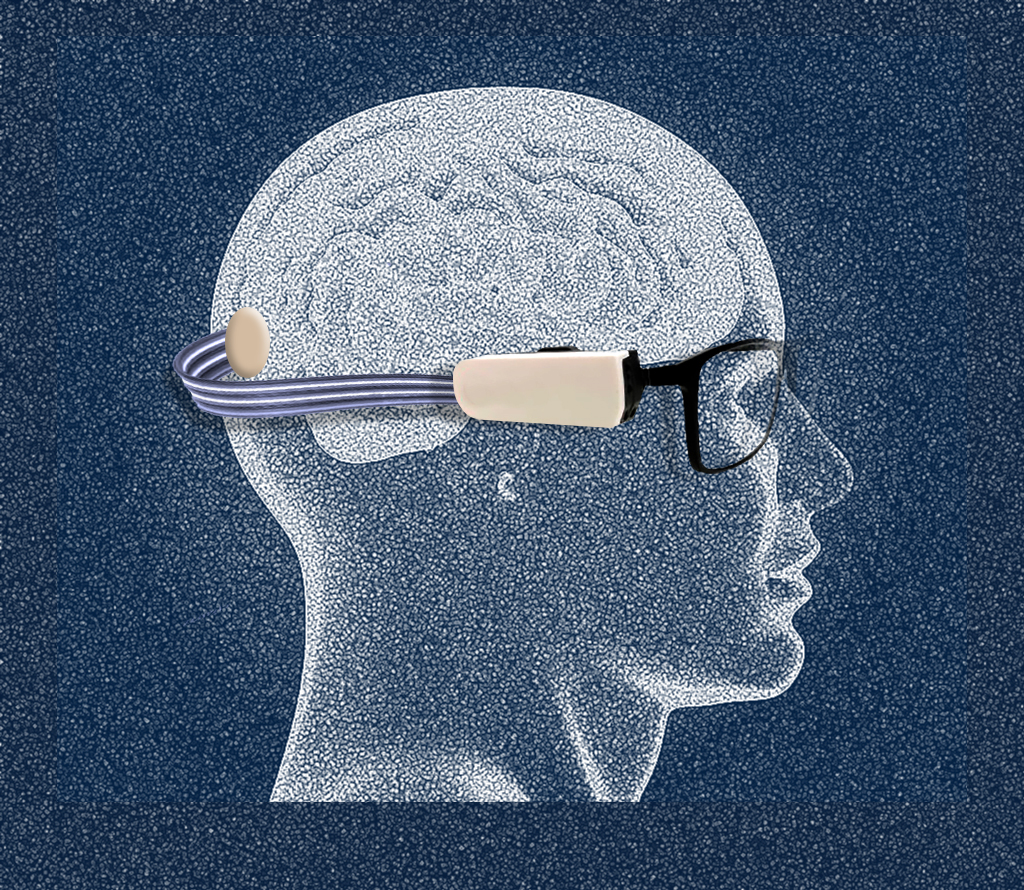Artificial vision is nowadays a fast-developing medical field able to restore a certain degree of vision functionality, and hence self-sufficiency, in selected patients who lost their vision in adult life.
Vision starts when light coming from the surrounding environment hits the retina and photoreceptors transform it into electrical stimuli. The process is then completed when the electrical stimuli are passed to other retinal cells and, via the optic nerve, to the area of the brain cortex that processes them into images.
Many pathologies and traumas can impede the conversion of light into electrical stimuli or the passage of the latter to the brain, hence hindering vision. Artificial vision comes in aid when one of the elements that take part in the visual process is lost or damaged, and depending on which the lost element is, artificial vision can act in two main different ways.
When vision is prevented by the loss or damage of the anatomical elements that normally transmit the visual electrical stimuli generated by the photoreceptors to the brain, for example due to a trauma or a pathology of the optic nerve such as glaucoma, then retinal prostheses cannot be of any help and artificial vision aims at bypassing the visual hindrance by stimulating the visual cortex directly with impulses that stimulate the generation of simple patterns of phosphenes that follow the same geometrical pattern of the seen object.
This is done by implanting a medical device known as cortical prosthesis in direct contact with the brain. The cortical prosthesis is able to receive information by an external system of miniaturized camera mounted on glasses and stimulate the visual cortex directly with stimuli that have simple patterns that follow the shape of the seen object, so to generate phosphenes that the patients become capable to recognize thanks to a specialized visual training.
Cortical prostheses have the advantage of being suitable to patients who became blind due to a very wide range of blinding causes, like glaucoma damaging the optic nerve and also in case of absence of the anatomical parts of the eye needed for vision or even in the absence of the whole eyes.
The most recent cortical prosthesis, the Orion, has proved successful in the first feasibility studies and has attracted the attention of many scientists active in the field of artificial vision due to its wide range of application. More trials are now ongoing to test the potentials of this type of prosthesis.
Visual restauration, via retinal prostheses and hopefully in the future via cortical prostheses, is still far from being similar to natural vision, but for many people who lost sight in adult life, the rescue of basic visual functions – such as that of following the direction of movement of objects and persons, seeing shapes of object and persons and being able to read big letters – can make a huge difference in everyday life, allowing people to being able to get oriented and move independently in their environment.
Technologies in this field are developing incredibly fast and this makes it more and more probable that in a few years what is today considered impossible (restoring vision with better resolution, more similar to natural vision) can become standard clinical practice.



